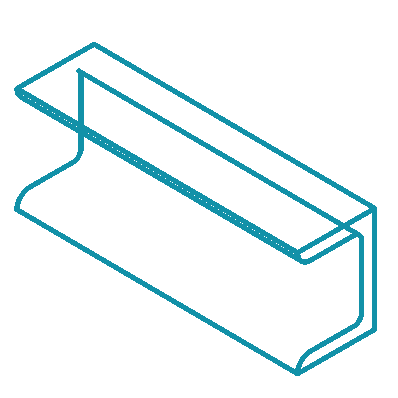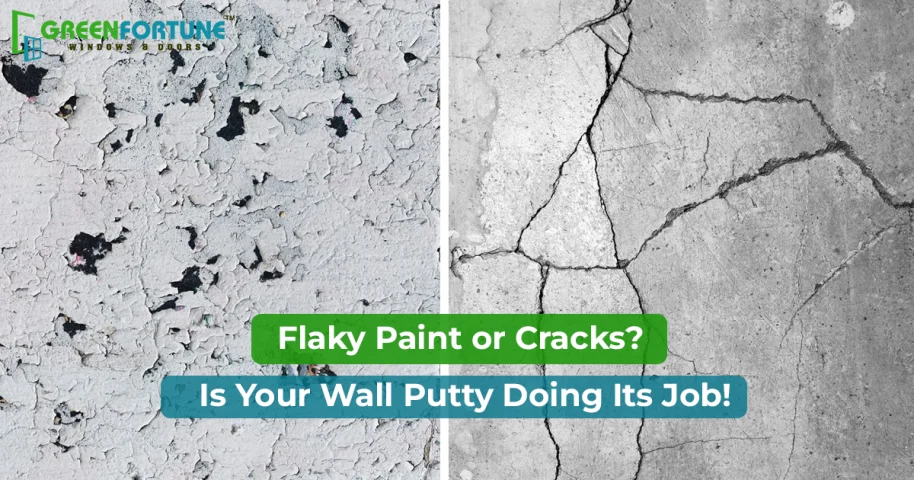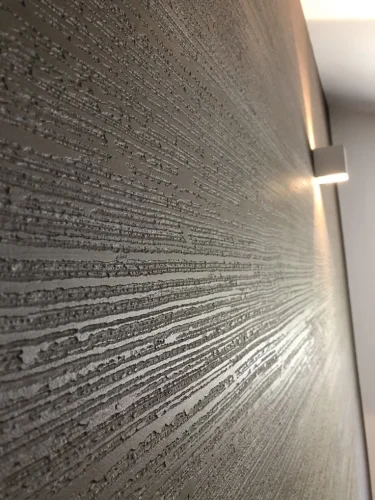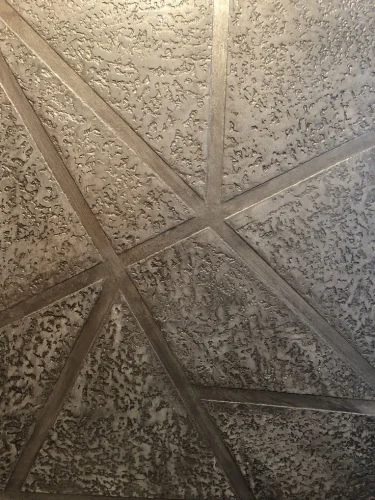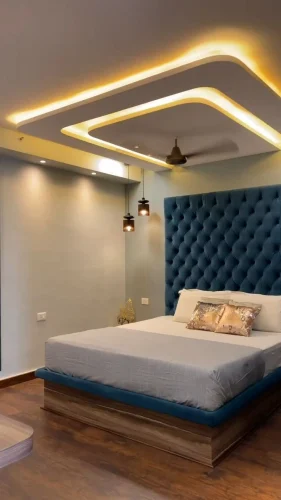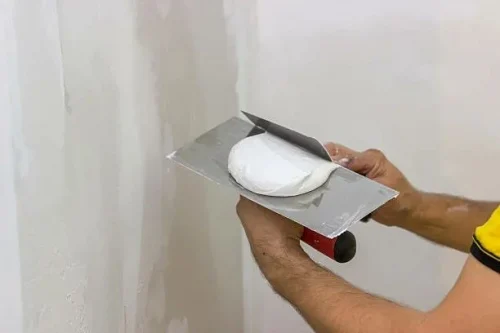
Trendy Hall Cupboard Design Ideas to Upgrade Your Living Room Space
May 9, 2025
Aluminum Frame Windows: A Modern & Durable Choice for Your Home
May 12, 2025Does your wall paint look uneven? Then your paint is not the problem, but the wall putty is. There’s a high chance that your painter might not have used the correct wall putty or even completely skipped it.
Wall putty gives your walls a smooth, canvas-like look and fills gaps and seals cracks that might be present. So, make sure you are not skipping wall putty and read this blog as a guide on variety, benefits, and tips that can help you achieve flawless walls.
What is a Wall Putty?
Painters use wall putty as a primer to fill cracks and gaps, creating a clean and smooth surface. White cement is the main component in wall putty, along with polymers and fillers such as dolomite and calcium carbonate, along with some pigments.
Types of Wall Putty
There are different varieties of wall putties present in the market. Each wall putty is different and is made for a different use. So, here is the list of varieties of wall putties:
Acrylic Putty
Source: Pinterest
Acrylic putty is made from acrylic emulsions. This variety of putty gives a smooth finish compared to other cement-based options. It is primarily used for interior walls because of its flexibility and ease of application.
It gives a very smooth finish and is easy to apply with excellent paint adhesion quality. However, acrylic putty is more expensive than cement-based putty. Also, acrylic putty is not ideal to be use on outside walls where the moisture is high.
Polymer Putty
Source: Pinterest
Polymer putty is a special kind of putty that is highly water-resistant. It contains polymers for enhanced adhesion, and it can be used for filling larger cracks or providing a high-performance base. It has excellent adhesion properties but is more expensive. It also requires specific application techniques.
Gypsum-Based Putty (POP Putty)
Source: Pinterest
Plaster of Paris (POP) or gypsum-based putty is mainly used for interior walls and ceilings. It provides an exceptionally smooth, plaster-like finish. It is very lightweight and easy to work with, often used for creating decorative wall putty texture design. But the only drawback is that it is not water-resistant and is susceptible to moisture damage.
Cement-Based Putty
Source: Pinterest
This is the most common and widely used type of wall putty. It is ideal for both interior and exterior walls as it offers excellent strength, durability, and water resistance. Cement-based putty is typically made from white cement and various additives. It is very cost-effective but can be slightly coarse and requires proper mixing with water.
Wall Putty Cost in India 2025
Check out the table below to know the wall putty price in 2025:
Variety of Wall Putty | Wall Putty Cost (1 Kg) |
Polymer Putty | ₹80 - ₹370+ |
Acrylic Putty | ₹70 - ₹300 |
Cement-Based Putty | ₹50 - ₹230 |
Gypsum-Based (POP) Putty | ₹20 - ₹60 |
Advantages of Wall Putty
Here’s the list of advantages of wall putty:
Creates an Even Surface
Wall putty fills all the minor cracks, dents, holes, and unevenness on the wall, providing a flawless base for paint. It also eliminates bumps and dips that can be visible through the final coat of paint.
Offers moisture resistance
Some wall putties offer great moisture resistance. They protect the walls from dampness, humidity, and water seepage, preventing damage like mold growth and discoloration.
Versatile application
Wall putty can be used on various wall surfaces, including plaster, concrete, brick, and drywall, for both interior and exterior applications.
Cost-Effective
In the long run, wall putty reduces paint consumption and can save a lot of money in the long run. It protects the walls and paint, and it can reduce the frequency of repairs and repainting.
Ease of Use and Application
Wall putty is easy to apply, and it can be mixed and applied using simple tools like putty knives. Most wall putties dry quickly, allowing for subsequent coats or painting within a reasonable timeframe. It can be used on various wall surfaces, including plaster, concrete, brick, and drywall, for both interior and exterior applications.
Tips to Master Wall Putty From Experts
- Prep Like a Painting Pro: The most important tip for wall putty is preparation. Before applying putty, make sure your wall is absolutely clean. If not, clean the dust, grease, loose flakes of old paint, and any other substance, and sand well.
- Let the Putty Dry Well: Make sure your putty is completely dry before applying paint. If your wall putty is not properly dried, then you might see cracks in the long run.
- Don't skip the primer: After applying putty, make sure you are also applying a primer, as it can create a smooth base and paint can glide evenly on the wall.
- Use the Right Tools: Use a good-quality putty knife and trowel. Spread the putty with deliberate, even strokes. Avoid the pitfalls of thick patches or uneven application, as it can make your final paint finish look shabby.
Also Read: 10 Modern Wall Texture Designs
Conclusion
Wall putty is not just a filler; it's the secret for achieving a smooth, professional, gallery-worthy wall finish. So, whether you're tackling a minor touch-up or a full-scale renovation, remember the power of putty. By understanding the different varieties, their benefits, and following our expert tips, you're investing in the longevity and beauty of your walls.
Also Read: Dampness in Walls? Here’s How to Identify the Causes and Fix It
Green Fortune Doors & Windows
GreenFortune provides high-quality UPVC doors and windows for your home. Our diverse range of products is durable, sustainable, and aesthetically appealing. Explore Green Fortune’s high-end and functional products here.
Also Read: Distemper vs Emulsion
Frequently Asked Questions (FAQs)
Q1: What is the use of wall putty?
A: Wall putty is used for filling the cracks and gaps and to give a clean and smooth surface to your walls before painting.
Q2: How long does wall putty take to dry?
A: Wall putty can take a few hours to one day to dry out completely. It also depends on the type of putty, the thickness of the application, and environmental factors like temperature and humidity.
Q3: Is wall putty waterproof?
A: No, not all wall putties are waterproof. However, polymer putty and cement-based wall putty are highly water resistant and can be used in places with high moisture.


